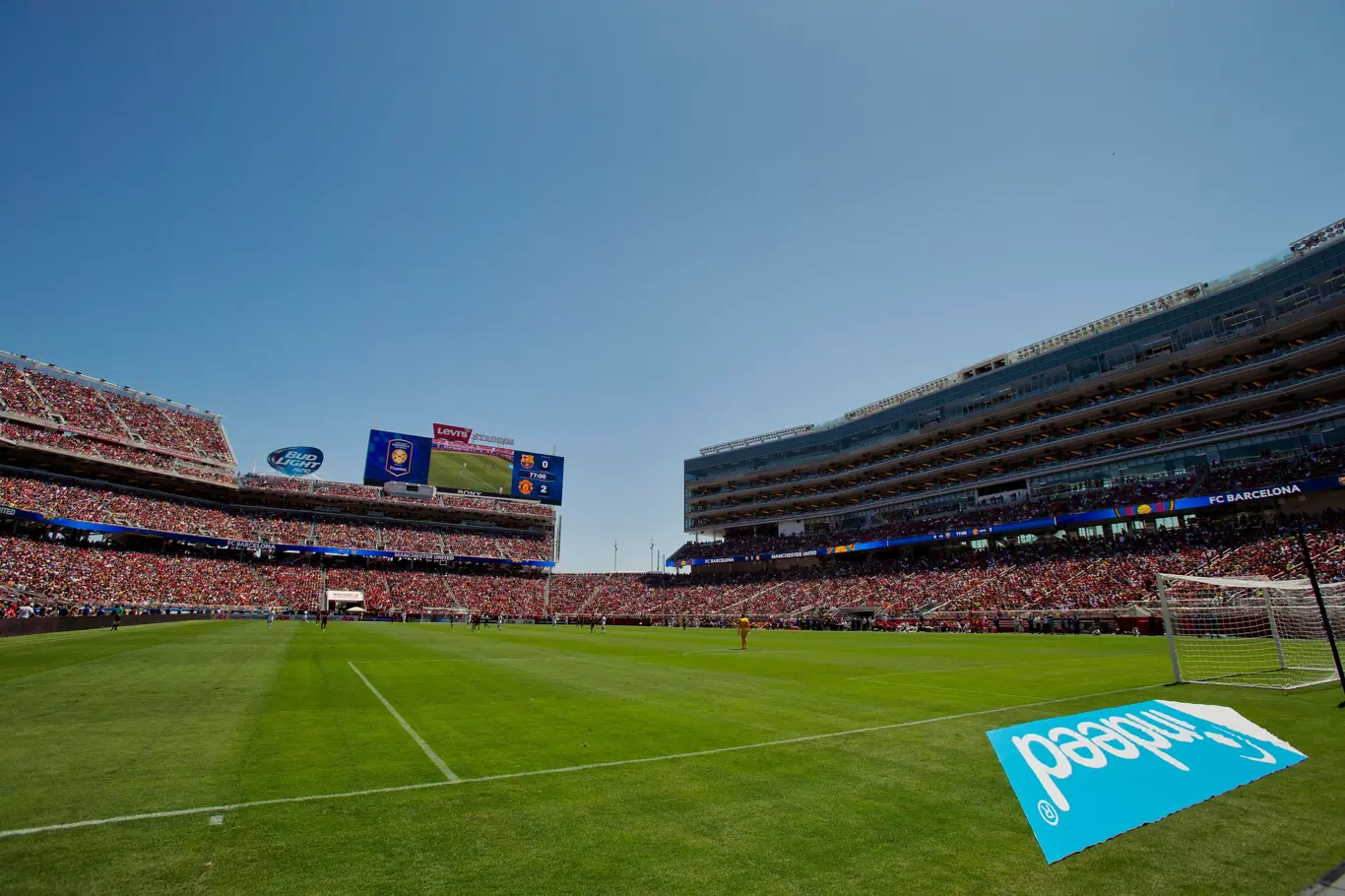As we glance towards the future, the trajectory of sports in the San Francisco Bay Area appears promising. With ongoing developments in infrastructure, technology, and community engagement, the region is poised to maintain its status as a powerhouse in the sports world.
Growing Infrastructure San Francisco Bay Area Stadium
With increasing investments in new stadiums and facilities, the Bay Area is continuously evolving to accommodate both traditional and emerging sports. Future plans include expanding existing venues and exploring opportunities for mixed-use developments that integrate sports, entertainment, and residential spaces jun88.
The creation of multi-purpose complexes that cater to various sporting events will ensure that the Bay Area remains a relevant player in the global sports arena. The ambition to host major events such as the Olympics or World Cup further signifies the commitment to elevating the region’s sports offerings.
Emphasis on Diversity and Inclusion
Another crucial aspect shaping the future of sports in the Bay Area is the emphasis on diversity and inclusion. Teams are increasingly recognizing the importance of representing the demographics of the community they serve.
By pledging to promote underrepresented groups in various roles—from coaching staff to front office positions—franchises are fostering environments that value unique perspectives. This commitment enhances the overall team dynamic while connecting more deeply with diverse fan bases.
Furthermore, initiatives aimed at promoting women’s sports and youth programs are gaining traction, ensuring that everyone has access to the joys of athletics. This dedication to inclusivity reflects a holistic approach that extends far beyond the playing field.
Sustainability and Social Responsibility San Francisco Bay Area Stadium
As climate change becomes an ever-pressing issue, the Bay Area is leading the way in adopting sustainable practices within sports venues. Stadiums are implementing green technologies, including solar panels, water conservation systems, and recyclable materials, promoting eco-friendly initiatives that align with the values of the local community.
Beyond environmental concerns, teams are increasingly taking stances on social issues, leveraging their platforms to advocate for change. The Bay Area’s commitment to social responsibility is evident through collaborations with local organizations, addressing challenges such as homelessness, inequality, and education.
This proactive approach not only strengthens community ties but also creates a positive impact on the broader society. The drive towards sustainability, equity, and advocacy will shape the evolution of sports in the Bay Area, ensuring that it remains a model for future generations.
Conclusion San Francisco Bay Area Stadium
The dominance of the San Francisco Bay Area Stadium scene is a reflection of the region’s rich sports history, diverse communities, and continuous innovation. As we navigate the future of sports, it is clear that this hub will continue to thrive, leading the charge in athlete performance, fan engagement, and community involvement.
The passion that unites fans, the innovation that drives teams, and the commitment to inclusivity and sustainability all illuminate the path forward. Whether through the roar of the crowd at Levi’s Stadium, the cheers echoing from Oracle Park, or the excitement surrounding Chase Center, the Bay Area promises to remain a vibrant sports hub for years to come.
